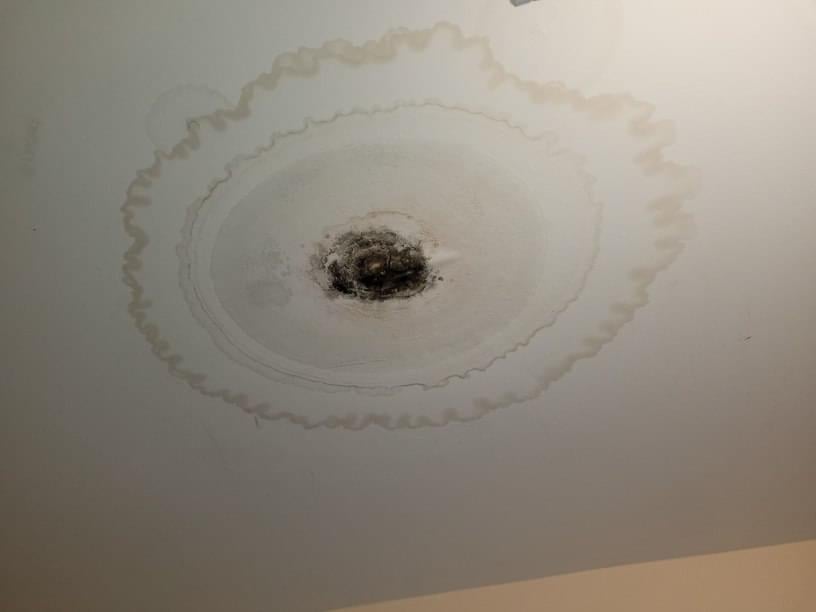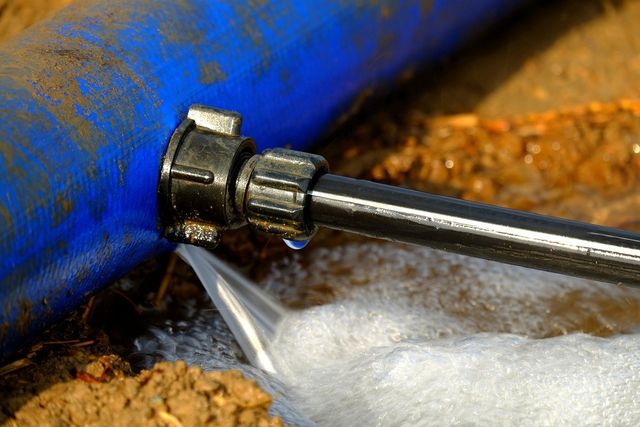Just how do you feel about Top leak detection hacks?

Early discovery of leaking water lines can minimize a possible catastrophe. Some little water leakages may not be visible.
1. Take A Look At the Water Meter
Every house has a water meter. Examining it is a surefire way that helps you discover leakages. For starters, turn off all the water resources. Guarantee no one will certainly purge, make use of the faucet, shower, run the cleaning maker or dishwashing machine. From there, go to the meter as well as watch if it will certainly transform. Since nobody is utilizing it, there need to be no activities. If it relocates, that indicates a fast-moving leak. If you find no modifications, wait a hr or two and also examine back once again. This suggests you may have a slow leakage that could also be underground.
2. Inspect Water Consumption
If you detect abrupt changes, in spite of your intake being the exact same, it means that you have leaks in your plumbing system. A sudden spike in your expense indicates a fast-moving leak.
A stable increase every month, even with the very same practices, reveals you have a slow leak that's additionally slowly escalating. Call a plumber to extensively examine your residential or commercial property, specifically if you really feel a warm location on your floor with piping below.
3. Do a Food Coloring Examination
When it comes to water consumption, 30% comes from commodes. If the color in some way infiltrates your bowl during that time without flushing, there's a leakage between the container and also bowl.
4. Asses Outside Lines
Don't forget to inspect your outside water lines too. Examination spigots by affixing a yard tube. Should water seep out of the connection, you have a loosened rubber gasket. Replace this and also ensure all links are tight. It will certainly aid get it expertly checked out as well as kept annually if you have actually got a lawn sprinkler system. One little leak can squander tons of water and surge your water bill.
5. Analyze the scenario and evaluate
Home owners need to make it a habit to inspect under the sink counters as well as even inside cabinets for any type of bad odor or mold and mildew growth. These two red flags indicate a leakage so prompt focus is required. Doing regular assessments, also bi-annually, can conserve you from a significant issue.
If you know your house is currently old, keep a careful eye on your heating units, pipes, pipes etc. Check for stainings as well as weakening as a lot of pipelines and home appliances have a life span. They will certainly likewise naturally weaken as a result of damage. Do not wait for it to intensify if you suspect dripping water lines in your plumbing system. Call a professional plumber right now so you do not wind up with a terrible mess in your home.
Early discovery of dripping water lines can minimize a possible calamity. Some small water leaks may not be visible. Inspecting it is a proven means that helps you find leakages. One tiny leakage can lose bunches of water and also increase your water expense.
If you think dripping water lines in your plumbing system, don't wait for it to escalate.
WARNING SIGNS OF WATER LEAKAGE BEHIND THE WALL
PERSISTENT MUSTY ODORS
As water slowly drips from a leaky pipe inside the wall, flooring and sheetrock stay damp and develop an odor similar to wet cardboard. It generates a musty smell that can help you find hidden leaks.
MOLD IN UNUSUAL AREAS
Mold usually grows in wet areas like kitchens, baths and laundry rooms. If you spot the stuff on walls or baseboards in other rooms of the house, it’s a good indicator of undetected water leaks.
STAINS THAT GROW
When mold thrives around a leaky pipe, it sometimes takes hold on the inside surface of the affected wall. A growing stain on otherwise clean sheetrock is often your sign of a hidden plumbing problem.
PEELING OR BUBBLING WALLPAPER / PAINT
This clue is easy to miss in rooms that don’t get much use. When you see wallpaper separating along seams or paint bubbling or flaking off the wall, blame sheetrock that stays wet because of an undetected leak.
BUCKLED CEILINGS AND STAINED FLOORS
If ceilings or floors in bathrooms, kitchens or laundry areas develop structural problems, don’t rule out constant damp inside the walls. Wet sheetrock can affect adjacent framing, flooring and ceilings.
https://www.servicemasterbyzaba.com/blog/how-to-detect-water-leakage-in-walls/

I came across that piece of writing on Finding hidden leaks while doing a search on the web. So long as you liked our blog posting if you please do not forget to pass it around. Thanks for going through it.